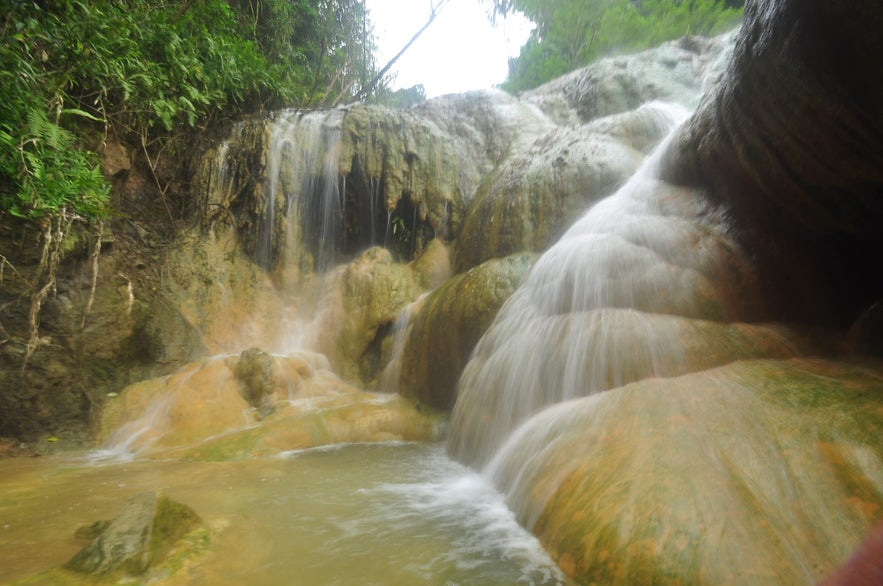
Tucked away in the remote town of Mainit in the municipality of Nabunturan, Davao de Oro Province, Mainit Hot Spring is a natural sanctuary for those seeking relaxation and a taste of the Mindanao region’s untouched beauty.
Surrounded by dense greenery and rugged terrain, this geothermal spring lives up to its name—mainit meaning “hot” in Filipino—offering steamy, mineral-rich waters that soothe both body and spirit.
Mainit Hot Spring is part of a geothermal field nestled within the mountains, where natural sulfur springs emerge from the earth. The pools vary in temperature, with the hottest reaching up to 60°C.
Ideal for those exploring the top hot springs in the Philippines, Mainit Hot Spring makes for a unique detour when visiting Mindanao.









